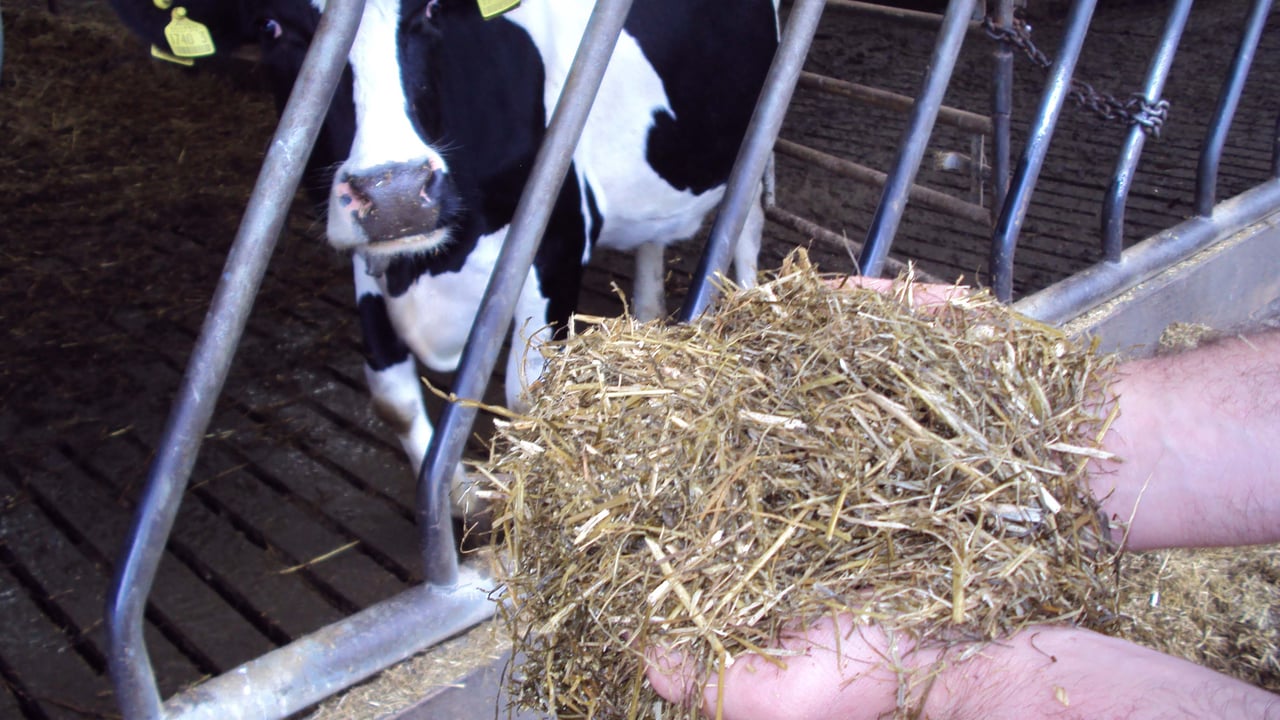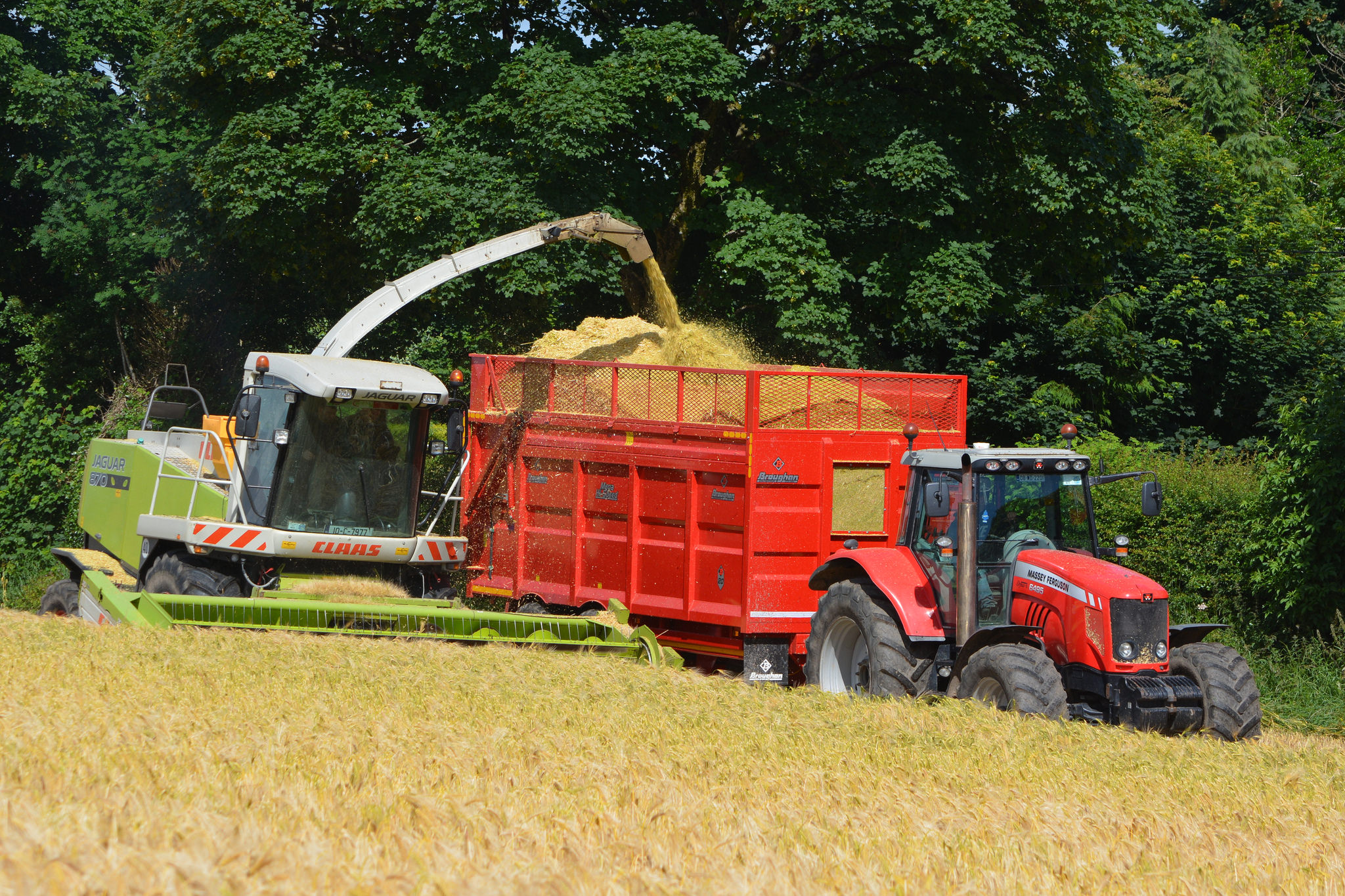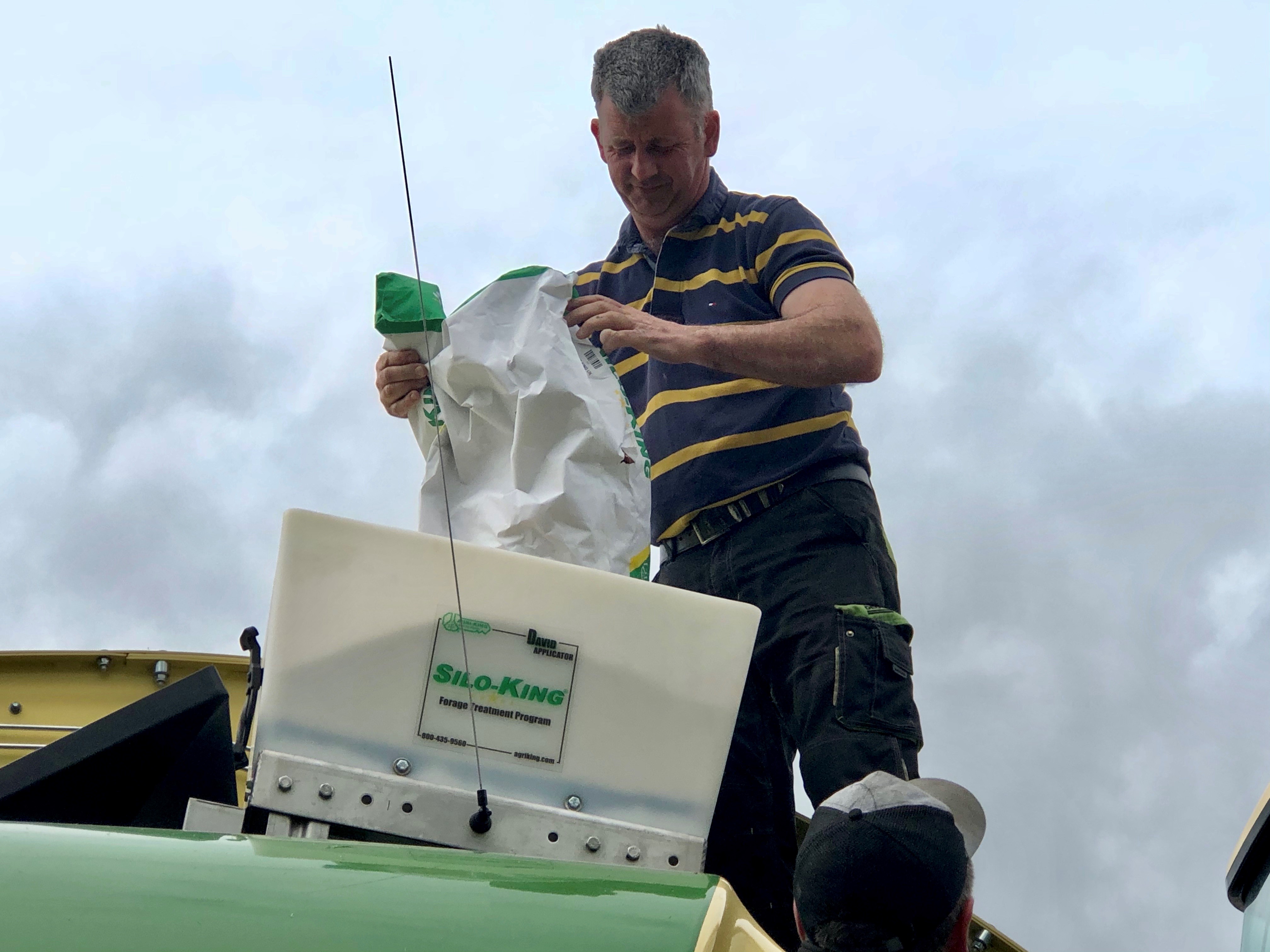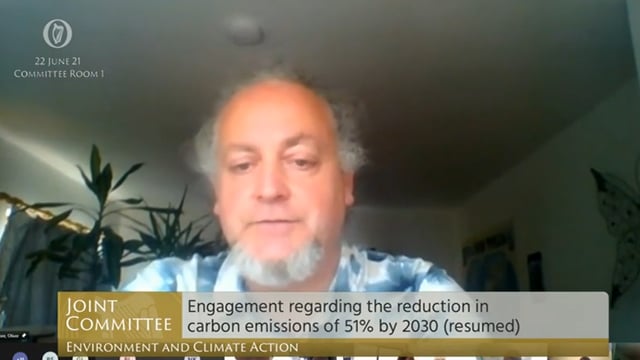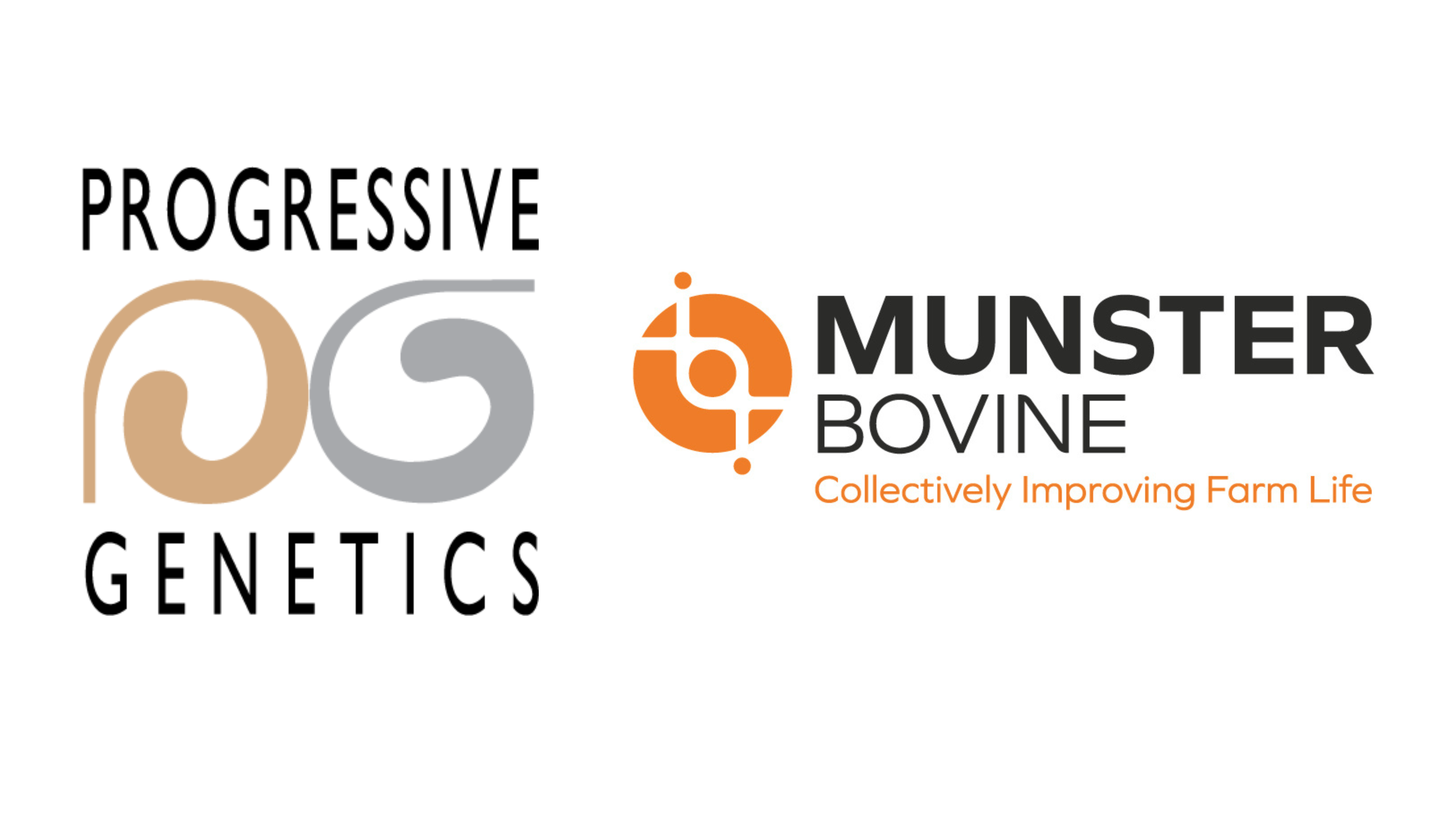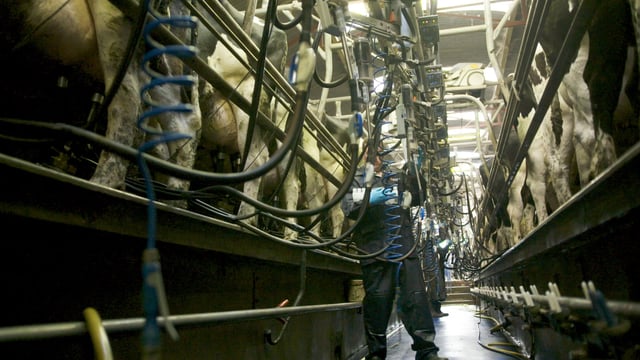Sponsored Article

Sponsored Article
Alternative energy forage options to complement grass silage
Sponsored Article

After coming through a cold, late spring, with suppressed growth rates up to May 20, the focus on some minds is ensuring that there are adequate quantities of quality forage in stock for a long winter and spring ahead.
Now is a good time to look at the options, and one that often comes to mind are alternative energy forages.
With a variety of cereals on offer from both winter and spring plantings, we have time to consider our choices.
A popular choice for many is fermented wholecrop (WC), with its advantages being well documented.
They offer a high energy forage, due to their high starch content and together with increased Dry matter Intake (DMI) wholecrop forage brings some additional fibre into the diet - often needed when cows go to pasture in early spring, or even on housed systems fed highly-digestible grass silage.
Spring-calving cows on early grass often lack energy as they approach peak milk, and breeding season commences.
Indeed this past spring, some cows lacked DMI - as the grass covers were simply not available - but were put out to graze what was there.
The availability of 1t/cow of wholecrop forage, offered from calving until after breeding, pays big dividends, especially when we experience abnormal weather conditions in spring coupled with high stocking rates on the grazing platform.
There is a direct correlation between DMI and body condition score (BCS), and also between body condition and fertility.
In addition to this, the structural fibre in WC increases the “rumen mat”, which slows down the fast rate of passage on grazed grass, therefore allowing microbes to extract more from the diet.
Simply offering 6-8kg of WC as a buffer feed will increase DMI, increase energy content of diet, and can act as a natural buffer against SARA, through increased cudding.
The result is that we increase/hold BCS, increase milk components through more energy and fibre digestion, as we utilise the grazed grass in the rumen better.
Managed well, in a wet spring /early summer, it fills that DMI gap perfectly, without replacing any grazed grass in the diet.
The difficulty with WC is harvesting it at the correct stage: 30-40%DM.
Cereal crops harvested as wholecrop can often carry high levels of yeasts and moulds and other undesirable bacteria, which have the potential to grow in the sealed clamp, and at pit face after opening.
It’s in the clamp during ensiling that we have to ensure the correct environment is provided (Anaerobic, low ph, cool, clean) to prevent growth of theses toxins.
With escalating feed commodities, now is the time to take action, and protect our feed costs going forward.
High-moisture grains (HMG) can offer a solution, and will provide most of our energy needs, at a competitive price.
High-moisture grain offers a safer and cheaper alternative to dried grains purchased during the winter/spring, especially in a rising market.
Kilo for kilo, HMG offers same energy as dried grain, with added benefit of having a sugar content, which is instant energy for the rumen.
It’s this instant energy release, alongside slower releasing starch, that makes the feed safer and more rumen friendly.
From a grower standpoint, we harvest more t/ac with earlier harvest dates.
Ideal harvest moisture should range from 26 to 35%, for maximum sugar content, and overall energy content.
Silo-King® is a forage treatment product, unrivalled within the industry. It has been used extensively on millions of tonnes of forages and high-moisture grains around the world over the last 40 years.
Applying Silo-King® at harvest ensures:
Commenting, a spokesperson for Agri-King, suppliers of Silo-King® said:
"They simply won’t risk ensiling WC or HMG, without treating with Silo-King®, as the economic losses are too high."
With increasing forage and concentrate costs, now is the time to protect that feed from spoilage and waste, and capture all the nutritional value within the feed.
Agri-King area managers are always available throughout the country, for a free consultation regarding your options on alternative forages, or HMG choices this summer, and can visit the field regarding crop assessments, and suitability for harvest.
Sponsored Article


